Are you a fellow hiking buff, with dreams filled with towering peaks and high-altitude trails? I can sincerely empathize with that mix of excitement and uncertainty swirling in your gut; as a passionate hiker myself, tackling altitude is no casual stroll.
After exhaustive research and my own share of rocky ascents, this comprehensive guide brings together an ensemble of strategies to lighten your journey towards conquering those imposing heights.
Ready to push the envelope? Let’s strap up and get started!
Key Takeaways
- Understand the risks of high – altitude hiking, including altitude sickness and unpredictable weather conditions.
- Physically prepare for high – altitude hiking by focusing on aerobic and anaerobic cardio exercises, strength training, and endurance training.
- Mentally prepare for high – altitude hiking by developing mental resilience and familiarizing yourself with altitude sickness.
- Prioritize proper nutrition and hydration during your high-altitude trek to fuel your body and prevent dehydration.
- Consult with a doctor before embarking on a high – altitude trek, gradually increase distance and altitude during training, acclimate to higher altitudes before the trek, practice yoga, and give yourself enough time for preparation.
- Acclimate gradually to higher elevations by taking a gradual ascent approach. Take rest days as needed to allow your body to adjust.
Understand the risks of high-altitude hiking
High-altitude hiking is thrilling, but it comes with some risks. One big risk is altitude sickness, also known as AMS. It can make you feel sick and weak. Your head may hurt too. High Altitude Pulmonary Edema, or HAPE, is another thing to look out for.
The air gets thinner as you go higher up a mountain. There’s less oxygen for your body to use. This can make it hard to breathe or cause other health issues if not dealt with right away.
Also think about the weather when hiking at high elevations. The weather can change quickly and become very harsh without any warning. Getting stuck in bad weather can be dangerous while on a high-altitude trek.
So always be aware of these risks before starting your hike! Make sure you are ready and know what to do if things go wrong.
Physical preparation for high-altitude hiking
To physically prepare for high-altitude hiking, it is essential to build both your aerobic and anaerobic cardio systems through cardiovascular exercise. Additionally, strength training will help strengthen the muscles you’ll be using during your trek, while endurance training will improve overall stamina and resilience.
Build aerobic and anaerobic cardio systems
I’m diving headfirst into prep for high-altitude hiking. I must work on both my aerobic and anaerobic cardio systems.
- Doing sustained cardio exercise is my first stop. It boosts my aerobic fitness. This kind of training will help me with the low oxygen levels at high altitude.
- I focus on interval training as well. It’s a great way to build up my anaerobic cardio system.
- High altitude training is vital, too. It helps my body adjust to less oxygen, lowers the risk of sickness.
- Besides cardio, strength training is key for me. Speed and endurance are needed in mountaineering.
- The gains from strength exercises will help me cope with the steep hikes and climbs.
- Apart from fitness, elevation training can boost my performance and lasting power when I am hiking at high altitude.
Strengthen muscles
Muscle strength matters a lot for high-altitude hiking. I like to do lunges, as they work my quads. These muscles play a big role when I hike up hills or mountains. To make my leg muscles even stronger, I also run up and down stairs and hills.
This helps me get ready for the tricky parts of the climb. Hill training is great because it boosts my VO2 max as well – that’s how much oxygen my body can use during exercise. And let’s not forget step-ups! They target both quads and glutes, key muscle groups for climbing mountains.
So before any real mountain trek, you will find me working hard on these exercises at home or in my local park.
Endurance training
Endurance training is important for getting your body ready for high-altitude hiking. It helps improve your aerobic fitness, which means your heart and lungs can work better during long hikes.
You can do endurance training by doing activities that get your heart rate up, like jogging, swimming, or biking. Interval training, where you alternate between intense bursts of exercise and rest periods, is also a good way to improve cardiovascular endurance.
When you train your body to endure physical activity for longer periods of time, it will be easier to handle the challenges of hiking at high altitudes.
Mental preparation for high-altitude hiking
Developing mental resilience and familiarizing yourself with altitude sickness are crucial for a successful high-altitude trek. Don’t underestimate the mental challenges of hiking at high elevations – learn more about how to conquer them here.
Develop mental resilience
Developing mental resilience is crucial for successfully completing a high-altitude trek. It helps in overcoming the challenges and obstacles that come with hiking at high altitudes.
Mental resilience refers to having the strength, endurance, and toughness to face difficult situations and push through them. Elite high altitude climbers use various mental strategies to cope with thin air, extreme weather conditions, physical exhaustion, and altitude sickness.
By mentally preparing yourself for these challenges, you increase your chances of survival and success at high altitudes. So, it’s important to train your mind just as much as you train your body when preparing for a high-altitude hike.
Mental preparation involves cultivating psychological resilience and fortitude. This means developing the mental endurance needed to persevere through rigorous hikes at higher elevations.
You need cognitive preparedness to make decisions quickly and adapt to changing circumstances on the trail. Emotional toughness allows you to stay focused even when faced with fear or discomfort.
Familiarize with altitude sickness
Altitude sickness can occur when you hike at high elevations. It’s important to understand the symptoms and risks so you can be prepared. Altitude sickness, also known as acute mountain sickness, can cause headaches, dizziness, nausea, and fatigue.
To overcome this challenge, it’s crucial to develop mental resilience. Mental preparation plays a big role in managing altitude sickness and navigating difficult terrains. So take the time to familiarize yourself with altitude sickness before your high-altitude trek.

Proper nutrition and hydration for high-altitude hiking
Proper nutrition and hydration are essential for high-altitude hiking. Without the right fuel, your body won’t have the energy it needs to climb at higher elevations. And staying hydrated is crucial for avoiding altitude sickness.
Find out more about how to keep yourself nourished and hydrated during your high-altitude trek by continuing to read.
Importance of proper nutrition
Proper nutrition is incredibly important when hiking at high altitudes. Eating a balanced diet that includes carbohydrates is essential because it provides the energy your body needs to perform well in such challenging conditions.
Consuming enough calories and staying hydrated are crucial for maintaining your physical fitness and preventing dehydration. Altitude training can increase the risk of dehydration, so it’s important to focus on proper hydration by drinking plenty of fluids throughout your trek.
Remember, staying energized and hydrated will help you enjoy your high-altitude hike to the fullest!
Hydration strategies
Proper hydration is really important for high-altitude hiking. To stay hydrated during your trek, here are some strategies you can follow:
- Drink plenty of water: Make sure to drink enough water throughout the day. Aim for at least 2-3 liters of water per day.
- Balance electrolytes: Along with water, it’s important to replenish electrolytes that are lost through sweating. You can do this by consuming sports drinks or eating foods rich in electrolytes like bananas and avocados.
- Bring a hydration pack: Carrying a hydration pack or a water bladder will make it easy for you to drink water frequently without having to stop and take out a water bottle.
- Set reminders: Sometimes, we forget to drink enough when we’re focused on the hike. Set reminders on your phone or watch to remind yourself to take sips of water every 20-30 minutes.
- Avoid excessive caffeine and alcohol: Both caffeine and alcohol can dehydrate your body, so try to limit your intake during the trek.
- Eat hydrating foods: Foods with high water content, like fruits and vegetables, can also contribute to your hydration levels. Pack some juicy fruits like oranges or cucumbers for a refreshing snack on the trail.
Altitude-related dietary considerations
Proper nutrition and hydration play a vital role in high-altitude hiking. When you’re at high altitudes, your body needs extra energy to perform well. Fuel yourself with foods that are rich in carbohydrates and protein to support your energy levels and muscle recovery.
High-energy snacks like trail mix or granola bars can be great options to keep you going during long hikes. Remember, staying properly hydrated is equally important. Drink plenty of water throughout the day to prevent dehydration risks.
It’s also essential to monitor your electrolyte balance by including beverages or foods that contain electrolytes like sports drinks or bananas in your diet. By paying attention to what you eat and drink, you can ensure that your body is ready for the demands of high-altitude trekking.
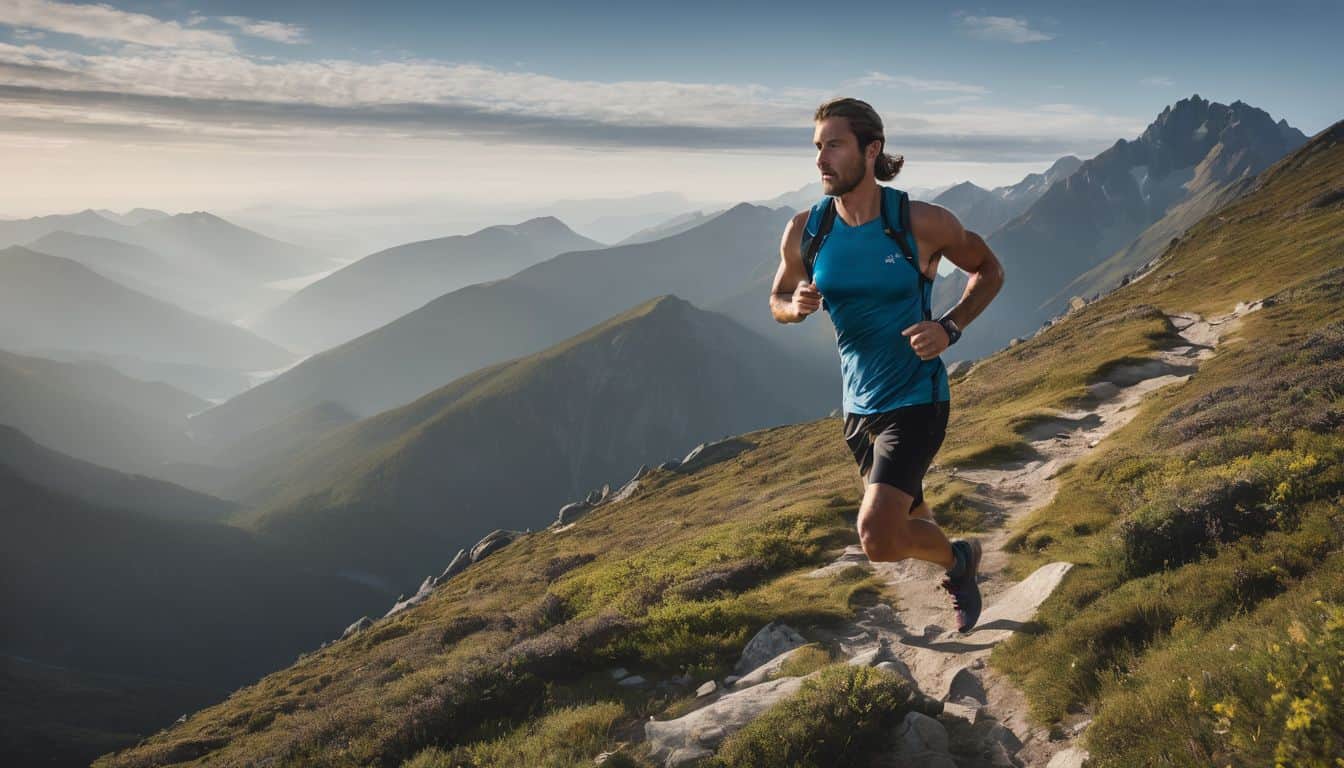
Comprehensive Guide to Preparing for High-altitude Treks
Preparing for a high-altitude trek is crucial to ensure a safe and enjoyable experience. Here are some key steps to follow:
- Consult with a doctor: It’s important to get a medical check-up before embarking on a high-altitude trek, especially if you have any pre-existing health conditions.
- Incorporate aerobic training: Training in similar conditions that you will encounter during the trek is important for building your aerobic fitness. This can include activities like hiking, running, or cycling.
- Gradually increase distance and altitude: Start with shorter hikes at lower altitudes and gradually increase both the distance and altitude as you build your endurance.
- Acclimate to higher altitudes: Spend time at higher altitudes before your trek to allow your body to adjust. This can involve taking shorter hikes at higher elevations or even spending a night or two at a higher altitude.
- Practice yoga: Yoga can help improve flexibility, strength, and breathing techniques which are all beneficial for high-altitude hiking.
- Give yourself enough time for training: Ideally, you should give yourself at least two months of training before attempting a high-altitude trek. This allows your body to adapt and build the necessary strength and stamina.
Acclimatization tips for high-altitude hiking
Acclimate gradually to higher elevations by planning for rest days and adjusting your pace as needed.
Gradual ascent
When hiking at high altitudes, it is crucial to take a gradual ascent approach. This means slowly increasing your elevation over time instead of rushing to higher altitudes all at once.
By training at lower elevations and gradually working your way up, you give your body the chance to acclimatize and adjust to the thinner air. This helps reduce the risk of altitude sickness and allows for a more enjoyable hiking experience.
Remember to maintain a suitable pace that is comfortable for you and stay well hydrated throughout your trek. Gradual ascent and proper hydration are key factors in preparing for high-altitude hiking.
Plan for rest days
Rest days are an important part of preparing for high-altitude hiking. They give your body time to rest and recover, which is crucial for adjusting to the high altitudes. Resting allows your body to adapt and reduce the risk of altitude sickness.
During these rest days, it’s also beneficial to take short hikes at lower altitudes or engage in light activities. This helps with acclimatization by gradually exposing your body to higher elevations.
Remember, taking care of yourself during rest days is just as important as pushing yourself during trekking days. So make sure you plan for these necessary breaks in your hiking adventure to stay safe and enjoy your journey!
Packing essentials for high-altitude hiking
Pack essential items such as warm clothing, waterproof gear, sturdy footwear, a well-equipped backpack, and safety equipment like a first aid kit for any potential emergencies that may arise during your high-altitude trek.
Clothing
When it comes to high-altitude hiking, having the right clothing is essential for staying comfortable and protected. Here are some important clothing items to consider for your trek:
- Base-layer set: A good base-layer set made of merino wool or synthetic material is recommended. It helps regulate body temperature and wicks away sweat.
- Trekking trousers: Two pairs of trekking trousers, preferably zip-offs, are a must. They provide versatility and allow you to adjust to changing temperatures.
- Hiking boots: Invest in a sturdy pair of hiking boots that provide ankle support and have a good grip. They will keep your feet protected and comfortable during long hikes.
- Layered clothing: Layering is key for high-altitude hikes. Pack lightweight insulating materials like fleece or down jackets that can be easily added or removed as needed.
- Thermal underwear: Wearing thermal underwear will help keep you warm during cold nights and early mornings when the temperatures drop.
- Waterproof clothing: Be prepared for unpredictable weather conditions by bringing waterproof gear such as a raincoat or poncho, rainproof jacket, rainproof pants, gaiters, and bag covers.
- Sun protection: Even if it’s not sunny, UV rays can still be harmful at high altitudes. Use sunscreen with a high SPF, wear sunglasses to protect your eyes, and consider wearing sun-protective clothing.
Footwear
Choosing the right footwear is crucial for high-altitude hiking. Here are some recommended options:
- Hiking boots: These provide ankle support and protection on rugged terrains. Look for waterproof and breathable boots like Gore-Tex hiking boots.
- Trail shoes: Lightweight and flexible, trail shoes are designed for fast-paced hiking on well-maintained trails.
- Mountaineering boots: If you’re planning to tackle more challenging routes with snow or ice, opt for mountaineering boots that offer better insulation and crampon compatibility.
- Hiking sandals: Suitable for less technical trails and warm weather conditions, hiking sandals provide breathability but less foot protection.
- Backpacking boots: If you’ll be carrying heavy loads, backpacking boots with sturdy soles and ankle support are recommended to prevent fatigue and injury.
- Approach shoes: These hybrid footwear options combine the features of hiking shoes and climbing shoes, making them ideal for approach hikes to climbing areas.
- Trail running shoes: Great for those who prefer a lightweight and nimble approach, trail running shoes provide good traction on various terrains.
Backpack and accessories
When preparing for a high-altitude hike, it’s important to have the right backpack and accessories. Here are some essentials to consider:
- Hiking backpack: Look for a sturdy backpack with multiple pockets and compartments for easy organization of your gear.
- Trekking poles: These can provide stability and support on rough terrain, especially during steep ascents or descents.
- Waterproof pack cover: Protect your belongings from rain or snow by investing in a waterproof cover for your backpack.
- High-quality clothing: Choose moisture-wicking layers that can keep you warm and dry in varying weather conditions. Don’t forget to pack extra clothing in case of unexpected changes in weather.
- Reliable footwear: Invest in good-quality hiking boots or shoes that provide ankle support and have a strong grip on different types of terrain.
- Safety and emergency equipment: Carry essential gear like a first aid kit, whistle, headlamp, compass, map, and a multi-tool for any unforeseen circumstances.
- Toiletries: Remember to pack items like sunscreen, lip balm, toilet paper, hand sanitizer, and insect repellent to maintain personal hygiene during your trek.
Safety and emergency equipment
Safety and emergency equipment is crucial when preparing for high-altitude hiking. Here are some essential items to pack:
- First aid kit: Carry a well-stocked first aid kit with essentials like bandages, antiseptic ointment, pain relief medication, and blister treatment.
- Safety gear: Pack a headlamp or flashlight with extra batteries for emergencies, especially during low-light conditions or unexpected delays.
- Emergency supplies: Include items like a whistle, signal mirror, emergency blanket, and fire starter to help in rescue situations or unexpected overnight stays.
- Hiking gear: Bring navigation tools like a map and compass or GPS device to prevent getting lost in unfamiliar terrain.
- Trekking accessories: Don’t forget trekking poles that provide stability and reduce strain on your knees during steep descents or uneven terrain.
- Waterproof gear: Protect your belongings by using a waterproof pack cover or dry bags to keep them dry in case of rain or snow.
- Cold weather clothing: Layer up with warm clothing such as thermal base layers, fleece jackets, insulated gloves, and hats to stay comfortable in cold temperatures at higher altitudes.
- Footwear for trekking: Invest in sturdy and well-fitting hiking boots that offer good traction, ankle support, and protection against rocks or uneven surfaces.
- Hydration equipment: Carry water bottles or a hydration bladder to ensure you drink enough water throughout the hike and prevent dehydration at high altitudes.
Fuel yourself
To fuel yourself properly for high-altitude hiking, it’s important to have a balanced diet and drink plenty of water. Eating a variety of nutritious foods will provide your body with the energy it needs for the trek.
Make sure to include carbohydrates, proteins, and healthy fats in your meals. These nutrients will help fuel your muscles and keep you going strong. Additionally, staying hydrated is crucial at high altitudes to prevent altitude sickness.
Drink plenty of water throughout the day and consider using electrolyte drinks or powders to replenish lost minerals. Taking supplements that support oxygen intake and red blood cell production can also be beneficial when preparing for high altitudes.
Remember to consult with a healthcare professional before starting any new supplements.
Prepare to brave the elements
Hiking at high altitudes means you need to be ready for the unpredictable weather conditions and harsh elements you may face. The extreme weather can be challenging, so it’s important to come prepared.
Make sure to check the weather forecast before your hike and pack accordingly. You’ll need proper clothing, footwear, and gear that can withstand the conditions. It’s also crucial to consider altitude sickness and take measures to prevent it.
Acclimatization is key, so plan your ascent gradually and include rest days in your itinerary. Lastly, always prioritize safety and emergency preparedness by carrying essential items like a first aid kit and navigation tools.
High-altitude treks come with their own set of challenges, especially when it comes to dealing with the elements. Being aware of the risks associated with extreme weather is important for a successful hike.
Harsh conditions like strong winds, heavy rain or snowfall, low temperatures, or intense sunlight can make your trek difficult if you are not adequately prepared.
To brave these elements effectively during your high-altitude hiking adventure:
1) Pay attention to the weather forecasts beforehand.
2) Make sure you have appropriate clothing that suits different types of weather conditions at higher altitudes.
3) Invest in sturdy footwear that provides good grip on slippery surfaces.
4) Pack necessary climbing equipment such as ropes or harnesses if needed.
5) Take into account altitude sickness precautions while planning your trek.
6) Stay physically fit through regular exercise leading up to your hike.
By preparing yourself physically and mentally for the challenges ahead and equipping yourself with suitable gear for adverse weather conditions, you will increase your chances of having a safe and enjoyable high-altitude hiking experience
Conclusion on Preparing For High-Altitude Treks
In conclusion, preparing for high-altitude treks requires both physical and mental preparation. By gradually acclimating to the altitude, staying hydrated, and fueling your body with proper nutrition, you can reduce the risk of altitude sickness.
Building cardiovascular fitness and strength through exercise will also help you tackle the challenges of hiking at high altitudes. With these top tips in mind, you’ll be well on your way to mastering high-altitude treks and enjoying the breathtaking views that await!
FAQs on Preparing For High-Altitude Treks
1. How should I prepare for a high-altitude trek?
To prepare for a high-altitude trek, you should gradually increase your fitness level through regular exercise, focus on cardiovascular and leg strength training, stay properly hydrated, and acclimate to higher altitudes before starting the trek.
2. What kind of gear do I need for a high-altitude trek?
For a high-altitude trek, you will need essential gear like sturdy hiking boots, layered clothing for temperature changes, a backpack with snacks and water, sunglasses for sun protection, sunscreen, a hat or beanie to cover your head in cold weather, and hiking poles if necessary.
3. How can I prevent altitude sickness during the trek?
To prevent altitude sickness during the trek, it is important to ascend slowly and give your body time to adjust to higher altitudes. Drinking plenty of water and avoiding alcohol are also recommended. If symptoms of altitude sickness appear (e.g., headache or nausea), descending to lower altitudes is necessary.
4. Are there any specific health conditions that can affect my ability to hike at high altitudes?
Certain health conditions such as heart or respiratory problems may affect your ability to hike at high altitudes. It is important to consult with a healthcare professional before attempting a high-altitude trek and follow their advice regarding fitness levels and acclimatization.
5. What are some safety tips while hiking at high altitudes?
Some safety tips while hiking at high altitudes include staying on marked trails, being aware of weather conditions beforehand, carrying emergency supplies like first aid kits and navigation tools (maps/compass/gps), informing someone about your itinerary or traveling in groups whenever possible

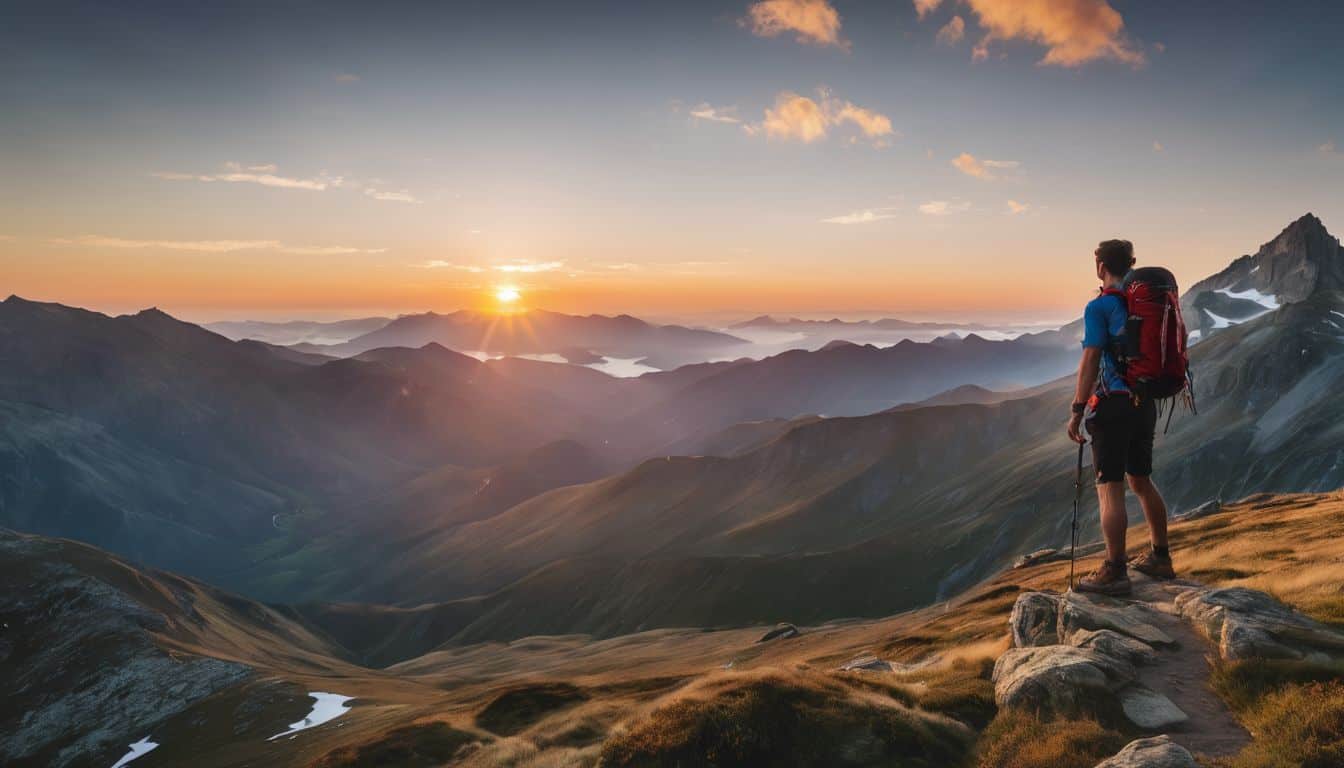
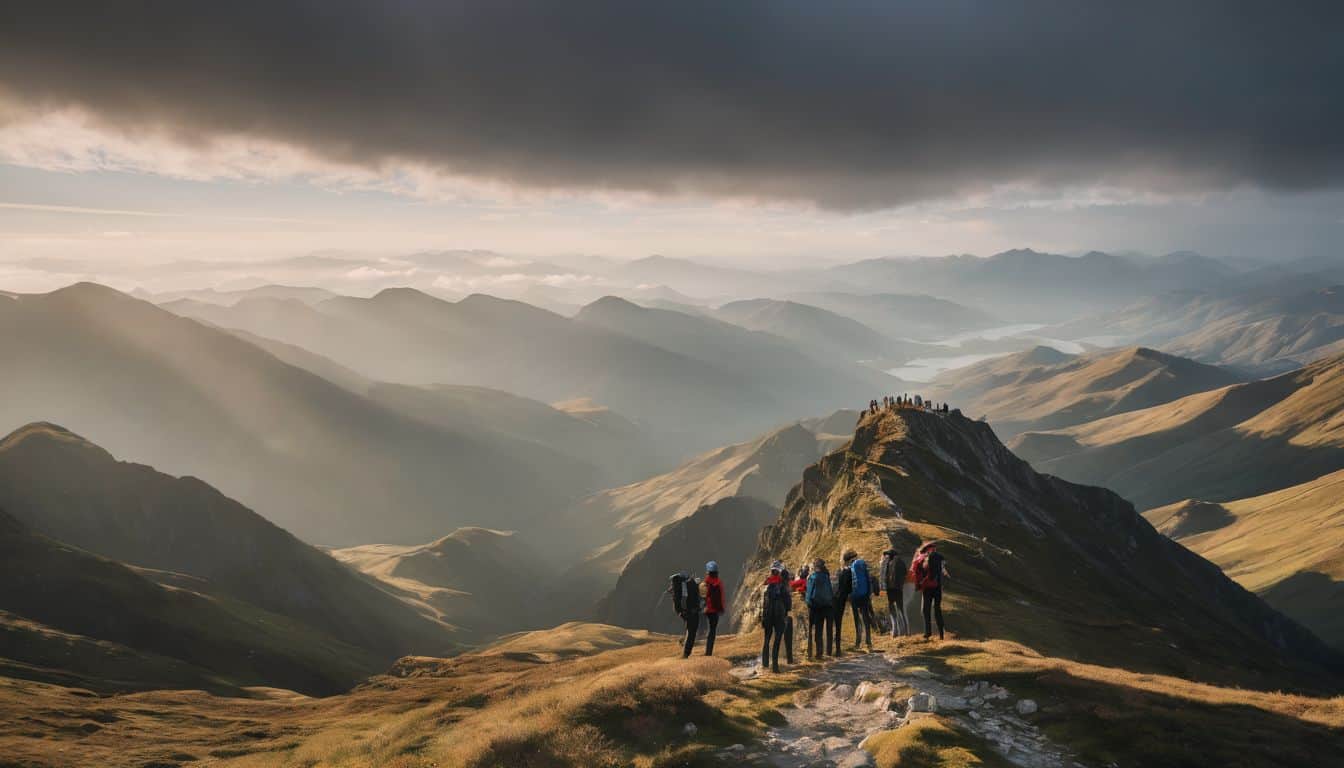
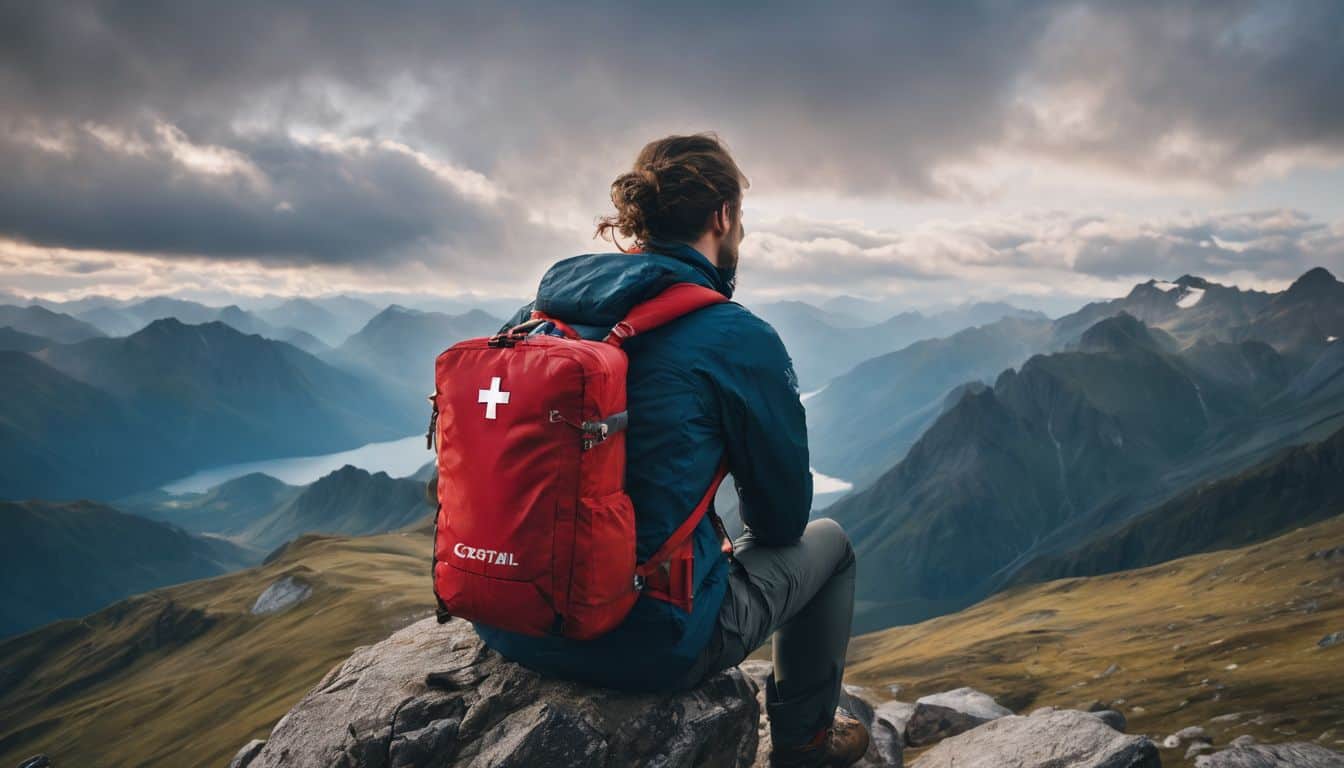
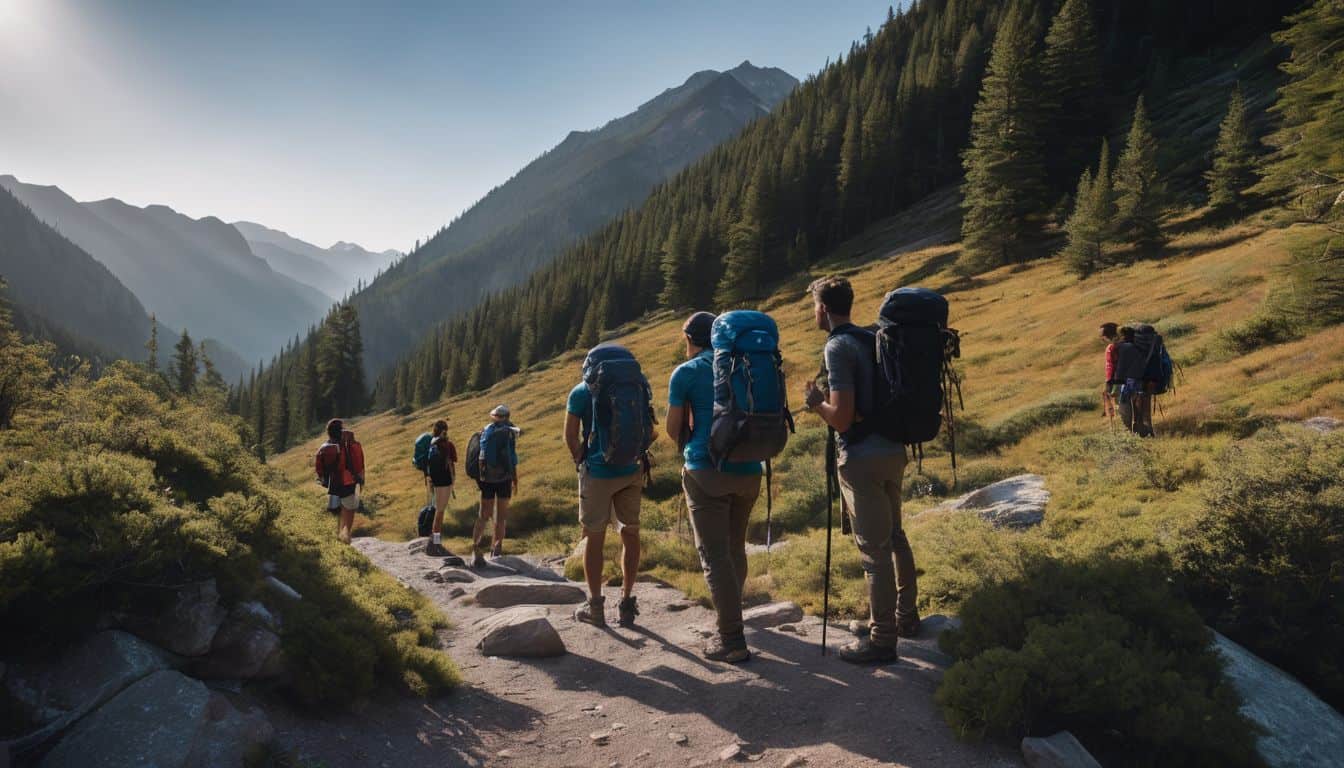
Leave a Reply